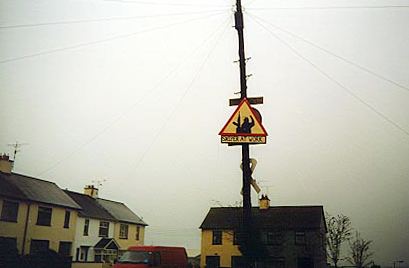This is a chronology of activities by the Provisional Irish Republican Army (IRA), from 1990 to 1999. For actions before and after this period see Chronology of Provisional Irish Republican Army actions.
(Text) CC BY-SA

